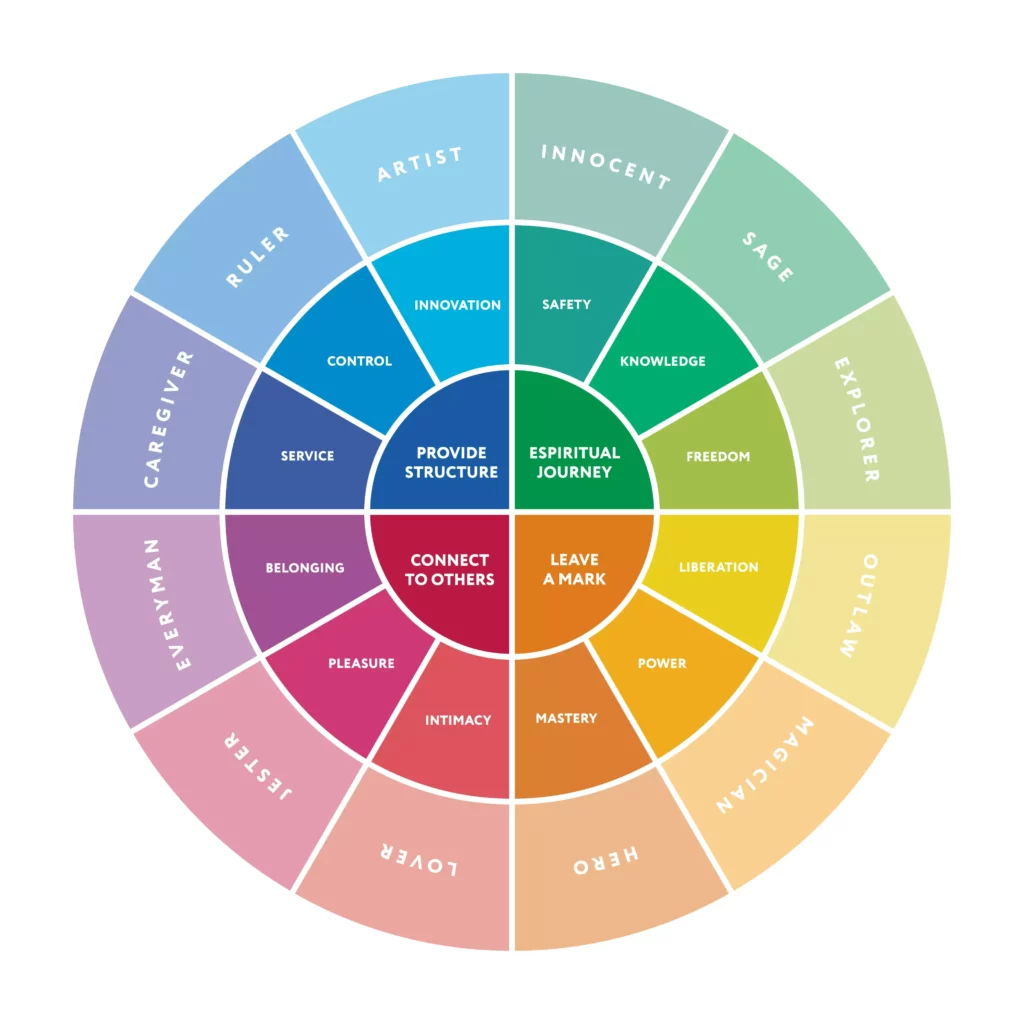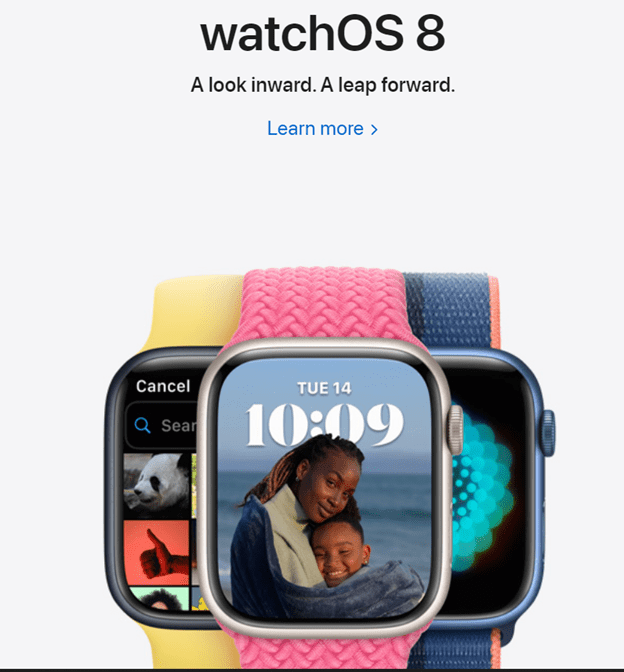Tone of Voice: An Essential Part of Content Marketing?
- Here’s a hill I will die on: content marketing and copywriting are two very, very different things. Copywriting is intended to sell while content writing is intended to educate. Copywriting may still feel educational, and content writing may still feel goal-oriented, but blog writing (content) and website or ad writing (copy) ultimately have two different goals.
- The way your website copy is written reflects on your brand. It makes people feel a certain way, whether that’s excited, inspired, or cared for, and that’s important to your overall brand goals. When it comes to content marketing, however, which includes blogs, whitepapers, webinars, and more, many people don’t give a second thought to the tone of voice. After all, all content marketing is meant to be educational, right?
- However, brand voice actually serves a valuable purpose for content marketers as well as web and ad copywriters. Here’s a deeper look at brand voice and how you can use it to connect with your audience and establish your place in the market.
- What is Brand Voice?
- First, let’s talk about what brand voice is, exactly.
- Brand voice is the personality of your business that is conveyed through your communications. It includes the tone, style, and vocabulary that you use in your writing. We use the term “tone of voice” to represent how your brand voice or personality is portrayed. Your brand tone of voice should be consistent across all of your channels, from your website to your social media posts.
- In other words, it’s not just about what you say. It’s about how you say it.
- Some brands communicate in a style that is straightforward and matter-of-fact, while others like to inject humor. Some practice humility in their brand communications while others have an edginess that feels confident and even slightly arrogant. No matter what your brand voice is, it should be intentional and it should be consistent, based on the brand personality you’ve established.
- We often represent a brand’s personality, or persona, in terms of 12 common brand archetypes. You can see in the graphic below how some major brands approach their communications from the perspective of these different brand archetypes.

Brand Voice in Content Marketing vs. Copywriting
Copywriting is all about persuasion. The goal of copywriting is to get the reader to take action, whether that means buying a product, signing up for a service, or clicking through to another page on your website.
It’s easy to see how a company employs brand voice in its copywriting. Take a look at the example below. Apple is typically known as a Creator brand, putting innovation at the forefront of everything they do. We see this come through in nearly every communication they put out.

Now, let’s take a look at another example. Duracell is well-recognized as being a Hero brand, one that shepherds you through the dark times and keeps you safe. You can see this throughout the brand’s website copy.

So why does brand voice matter for content marketing?
From a content marketing perspective, your goal is not to sell. Instead, you’re focused on providing value and building relationships with your audience. Because of this, many brands (unknowingly) take on a different brand voice in their content marketing than in their copywriting.
But this is a mistake. Your brand voice is what will distinguish your content from that of your competitors and keep you top of mind when readers are ready to engage or buy. It’s what will make your content recognizable and relatable. And, most importantly, it’s what will help you connect with your audience on a deeper level.
Examples of Brand Voice in Copywriting
Consider the following example. Let’s say you’re a personal injury lawyer who specializes in car accident cases. You know that your potential clients are going to be worried and stressed about their situation. They may not even know where to turn.
In this case, your brand voice should be reassuring and comforting. You want to come across as someone who is knowledgeable and trustworthy, someone who can help them through this difficult time.
The tone of voice in your copywriting might look something like this:
“If you’ve been in a car accident, you may be feeling a range of emotions: anger, fear, anxiety, confusion. You’re not alone. We’re here to help. With over 20 years of experience, we know what it takes to get the maximum compensation for our clients. Let us help you get the justice you deserve.”
On the other hand, let’s say you’re a startup that makes and sells eco-friendly cleaning products. In this case, your potential customers are looking for something different than what the big box stores offer. They’re looking for a product that is effective, but also safe for their families and the environment.
Your brand voice should reflect this. You want to come across as innovative and forward-thinking, someone who is passionate about making a difference.
Your tone might look like this:
“We believe that cleaning products should be effective AND safe for your family and the environment. That’s why we’ve developed a line of eco-friendly cleaning products that use natural ingredients and are free of harmful chemicals.”
Examples of Brand Voice in Content Marketing
Now, let’s look at how brand voice can come across when you’re providing educational content, as opposed to sales-oriented copy.
That same personal injury lawyer may want to write a blog or a larger piece of content titled “The First Steps to Take After an Accident.” Rather than take an authoritative or straightforward tone (just the facts), they would want to carry on that more helpful and compassionate tone with their audience. Something like this:
“If you’ve been in an accident, it’s natural to feel overwhelmed and uncertain of what to do next. Here are some steps you can take to begin the process of recovery.”
Now let’s revisit that eco-friendly cleaning company. An innovative, forward thinking tone can still come through in educational copy. An article about “5 Ways to Make Your Home More Eco-Friendly” might sound like this:
“Making your home more eco-friendly doesn’t have to be difficult or expensive. Here are five simple ways you can make a difference.”
As you can see, your brand voice is an essential part of your content marketing strategy. It’s what will help you connect with your audience and deliver the right message.
But it’s not always easy to determine what the right brand voice is. Putting together documentation and style guides can help, and you can always try different tones and voices until you find one that feels right.
Don’t be afraid to change it up from time to time as your business (and your audience) evolves. Most importantly, keep your tone of voice consistent, whether you’re writing copy for your website, creating a social media post, or putting together an educational article. (Not every brand can be a Sage.)
At Marketri, we create thoroughly researched marketing strategies that help align things like brand voice to your ultimate goal while engaging and informing your audience. To learn more about our strategic marketing services, contact us today.





